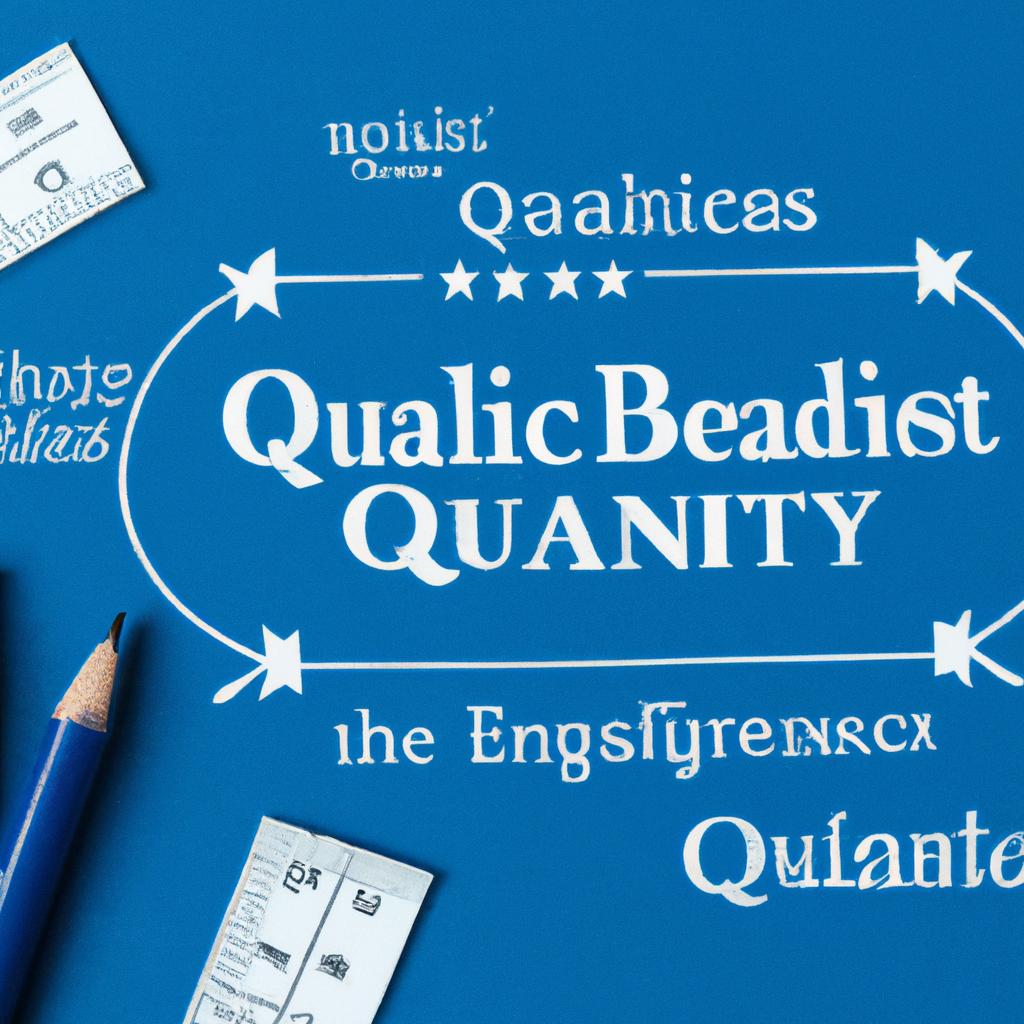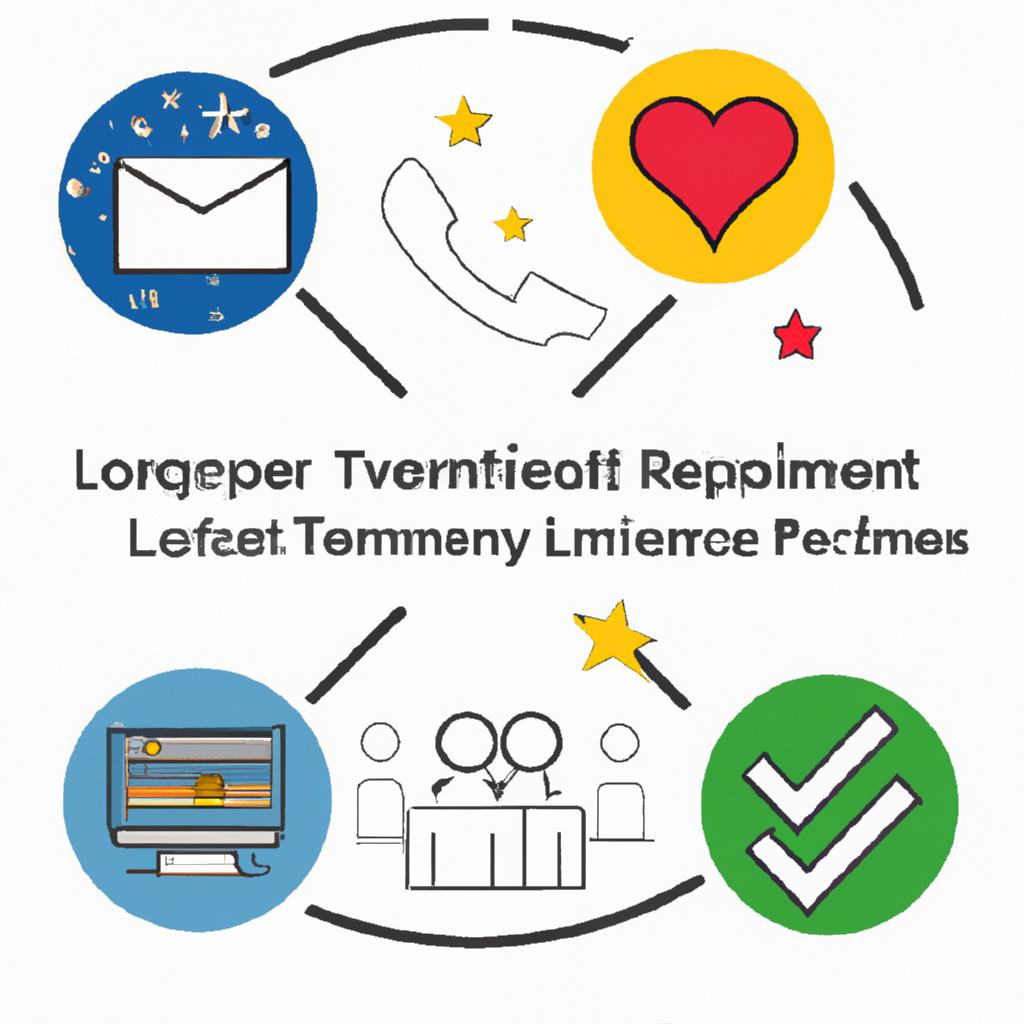In an increasingly competitive marketplace, where consumers are inundated with choices and brands vie for attention, the importance of a well-defined and meticulously managed brand catalog cannot be overstated. “Building Your Brand Catalog: A Guide to Tracking Quality, Fit, and Service” serves as your roadmap in this intricate landscape, guiding you through the essential elements that define and enhance your brand’s identity. This article delves into the critical processes involved in curating a catalog that not only reflects your brand’s values but also resonates with your audience. From assessing the quality of your offerings to ensuring the perfect fit for your target demographic and delivering exceptional customer service, we will explore the tools and strategies necessary to build a robust brand catalog. Join us on this journey to unlock the potential of your brand, equipping it with the clarity and coherence needed to stand out in a world where first impressions matter more than ever.
Identifying Quality Metrics: Crafting Your Brands Excellence Blueprint
When it comes to crafting an excellence blueprint for your brand, pinpointing the right quality metrics is essential. These metrics serve as the backbone to not only assess the effectiveness of your products or services but also to ensure they resonate with your target audience. Consider implementing the following essential metrics to gain a comprehensive understanding of your brand’s quality:
- Customer Satisfaction Score (CSAT): Measure how satisfied customers are with your offerings after a transaction.
- Net Promoter Score (NPS): Gauge customer loyalty and their likelihood of recommending your brand to others.
- Product Return Rate: Analyze the percentage of products that are returned, which can indicate issues with quality or fit.
- Service Response Time: Track how quickly your customer service team addresses inquiries or complaints, reflecting your commitment to service excellence.
In addition to these metrics, creating a structured approach to data analysis can help in identifying trends and areas for improvement. Consider using a dashboard format to visualize key indicators, making it easier to communicate performance to your team and stakeholders. A sample metrics summary table could look like this:
| Metric | Target Value | Current Value | Action Required |
|---|---|---|---|
| CSAT | 85% | 78% | Conduct customer feedback sessions |
| NPS | 50 | 42 | Implement loyalty initiatives |
| Return Rate | 5% | 10% | Review sizing charts and product feedback |
By systematically tracking these metrics, your brand can adapt and evolve according to customer expectations, thereby reinforcing trust and loyalty in the long run.

Assessing Fit: Creating a Cohesive Brand Identity Through Strategic Alignment
In order to create a robust brand identity, it’s essential to ensure that every element of your brand resonates with its core values and mission. This alignment is not merely a superficial exercise; it inextricably ties together your products, messaging, and visual aesthetics, forming a cohesive narrative that your audience can easily connect with. Consider the following elements when assessing strategic fit:
- Core Values: Ensure your brand’s foundational beliefs are reflected across all touchpoints.
- Target Audience: Align your messaging to resonate with the specific needs and aspirations of your audience demographic.
- Visual Identity: Create consistent design elements such as logos, color palettes, and typography that encapsulate your brand’s ethos.
- Product Quality: Guarantee that your offerings maintain a standard that aligns with the brand’s promise.
Moreover, adopting a systematic approach to evaluate the synergy among these elements can amplify both customer loyalty and market presence. By regularly assessing your brand’s attributes against your strategic goals and market position, you can identify gaps and areas for refinement. Use a comparative table to clarify how well different aspects of your brand align:
| Brand Aspect | Current Alignment (1-5) | Improvement Strategy |
|---|---|---|
| Core Values | 4 | Conduct workshops to reinforce understanding |
| Target Audience | 3 | Market research to refine audience profiles |
| Visual Identity | 5 | Regularly update graphics to maintain freshness |
| Product Quality | 4 | Set up quality check processes |

Enhancing Service Standards: Building Loyalty with Exceptional Customer Experiences
Creating a memorable customer experience begins with understanding the unique needs and expectations of your clientele. To elevate service standards, businesses must focus on tailored interactions that resonate well with individual preferences. Implementing a systematic approach allows for consistent feedback and improvement in service delivery. Consider integrating the following strategies into your framework:
- Personalization: Use customer data to customize recommendations and communications, making each interaction feel distinct.
- Timeliness: Ensure prompt responses and deliveries to build reliability and trust.
- Empathy: Train staff to actively listen and respond to concerns, fostering a connection that turns transactions into relationships.
Moreover, establishing measurable metrics will help your team assess the quality of service experiences and identify areas for growth. This data-centric approach can be visualized effectively, assisting in better strategic decisions. Here’s a simple table showcasing possible service quality metrics:
| Metric | Description | Measurement Frequency |
|---|---|---|
| Customer Satisfaction Score (CSAT) | Measures overall satisfaction with service received. | Monthly |
| Net Promoter Score (NPS) | Assesses the likelihood of customers recommending your brand. | Quarterly |
| First Response Time | Time taken to respond to customer inquiries. | Weekly |
Incorporating these practices into your service model not only enhances customer experiences but also solidifies loyalty to your brand. By consistently monitoring and responding to the evolving dynamics of customer expectations, your business will thrive in a landscape where exceptional service is the cornerstone of lasting relationships.
In Summary
As we conclude our exploration of building your brand catalog, it’s important to remember that this journey is not just about tracking quality, fit, and service—it’s about crafting a narrative that resonates with your audience. Your brand catalog serves as a living document, a reflection of your values and aspirations. By diligently curating and assessing each element within it, you empower your business to evolve while staying true to its core.
In the ever-changing landscape of consumer expectations, having a comprehensive and adaptable brand catalog can set you apart. You’re not merely cataloging products; you’re shaping perceptions, nurturing relationships, and building a legacy. So, take the insights and strategies we’ve discussed, put them into practice, and watch as your brand transforms into a trusted voice in the marketplace.
Remember, every detail matters in this intricate tapestry of your brand’s identity. Embrace the process, stay attuned to your audience’s needs, and let your catalog be the beacon guiding you toward sustained growth and success. The journey may be ongoing, but the foundation you build today will illuminate the path for tomorrow. Happy cataloging!